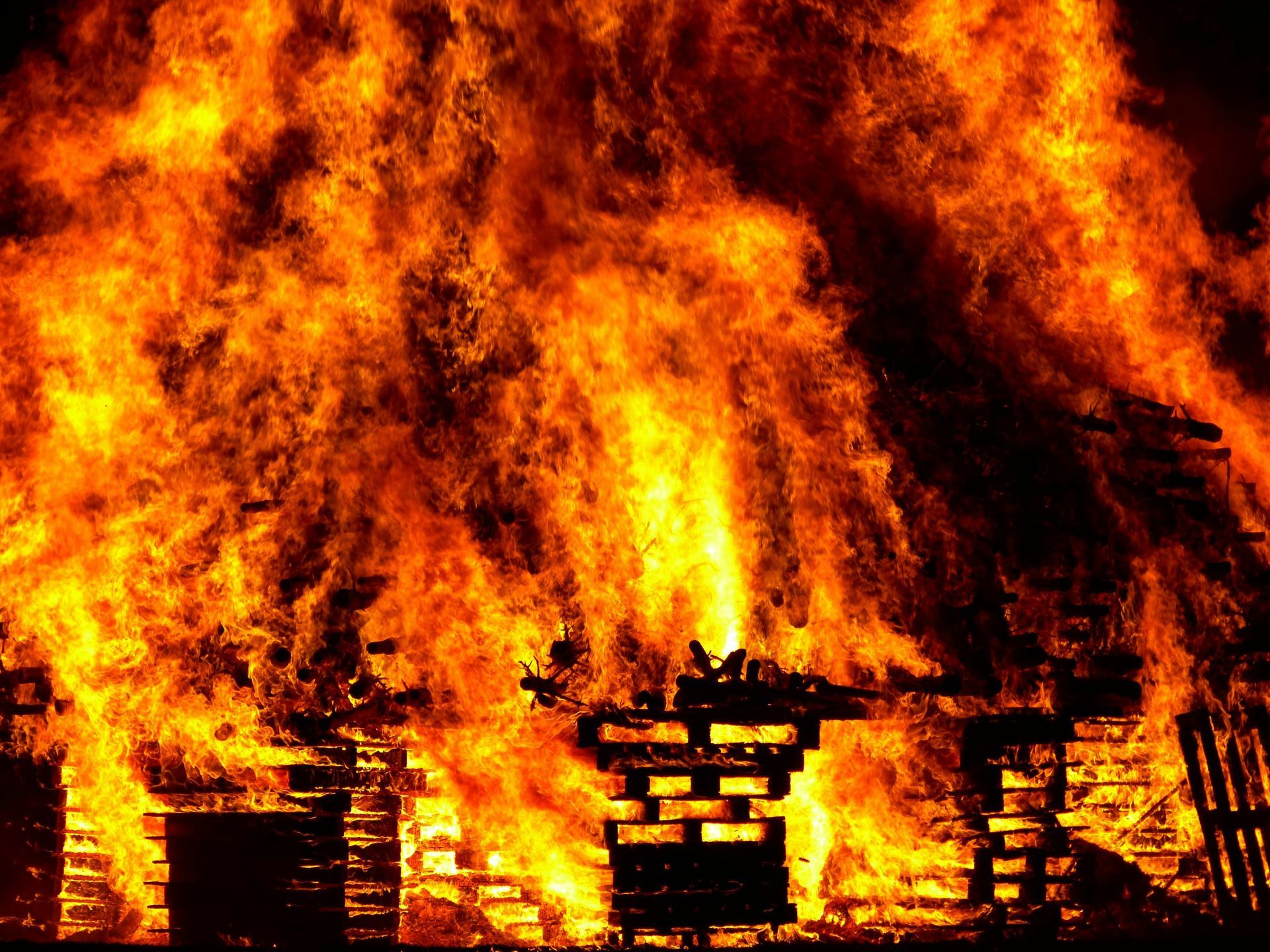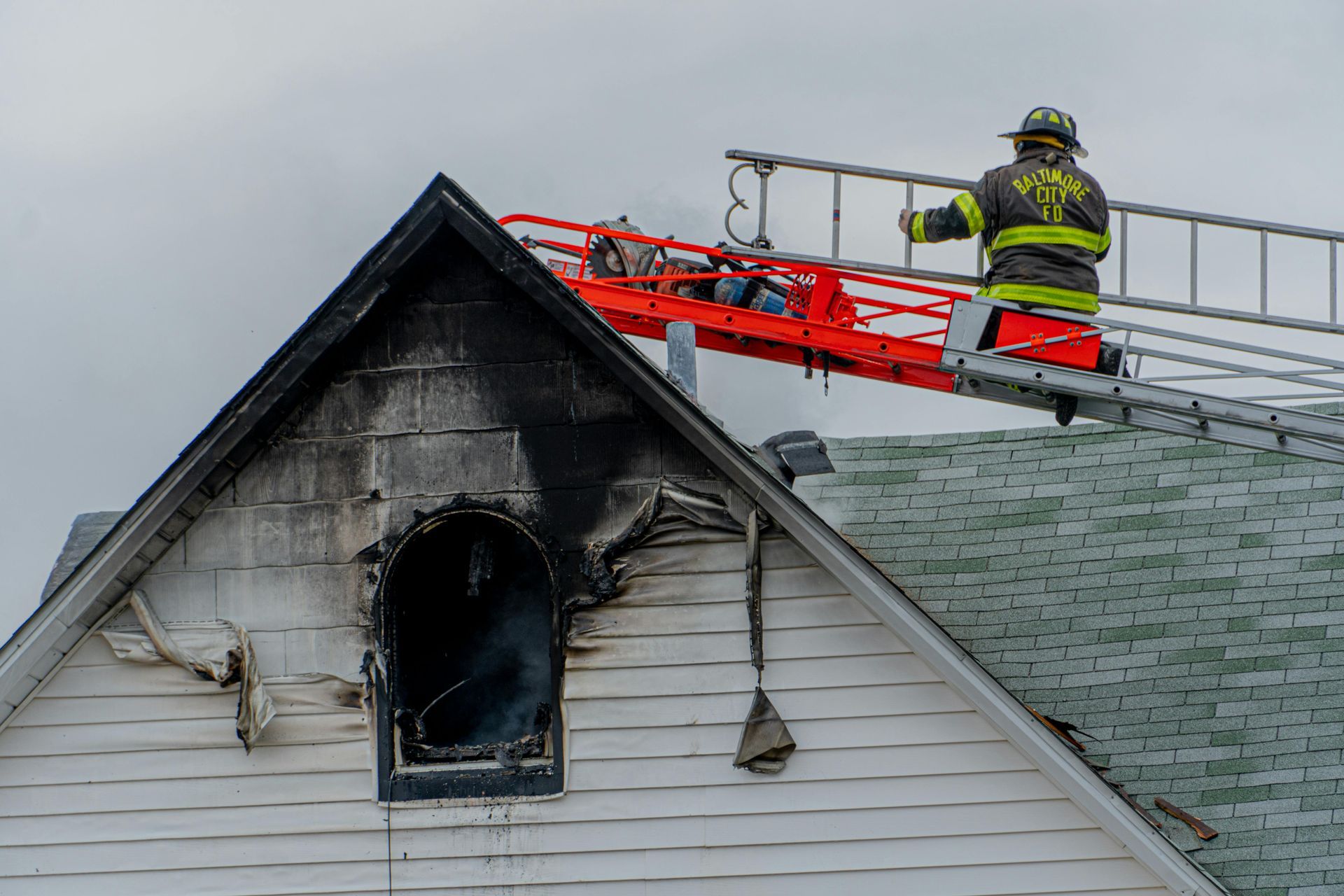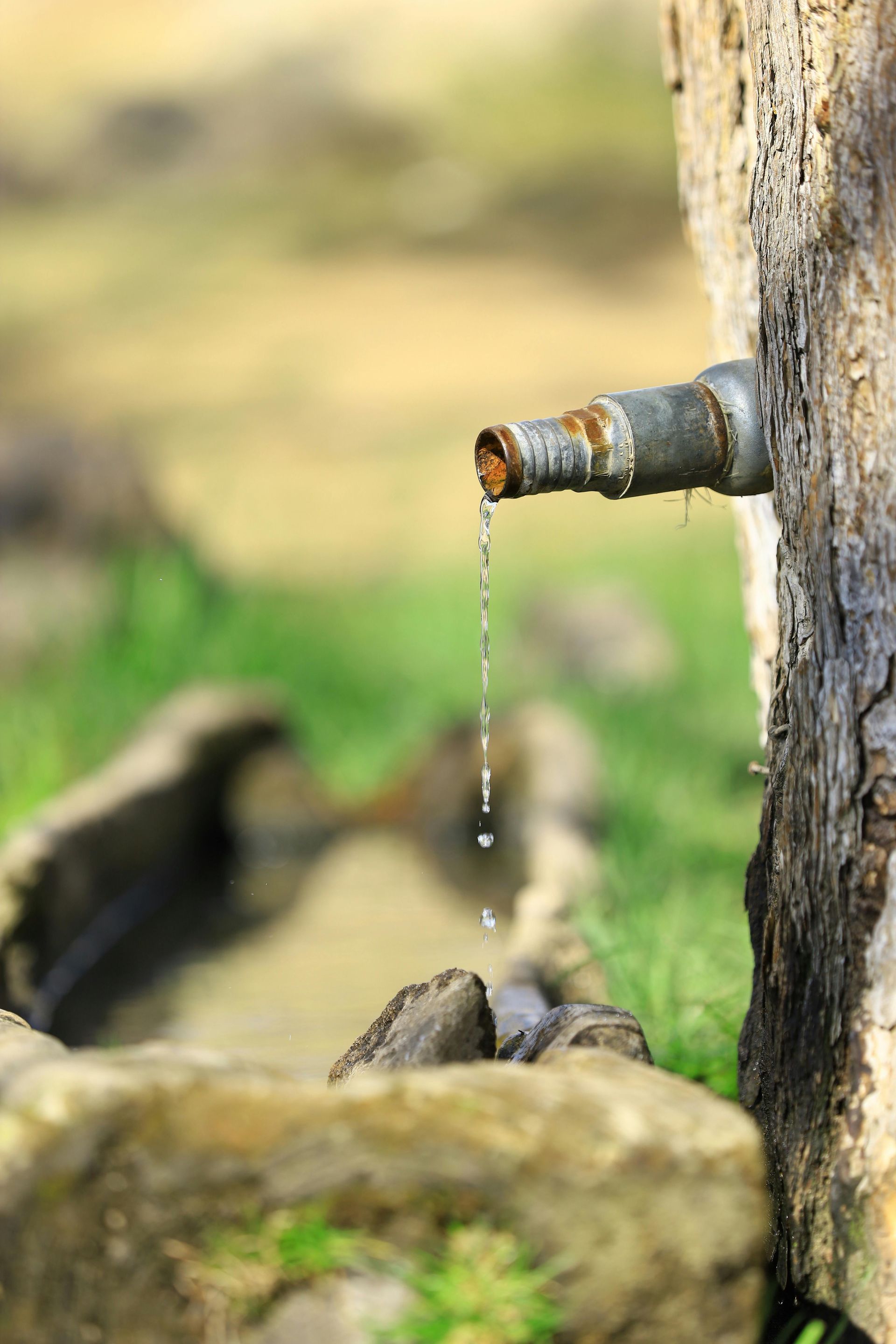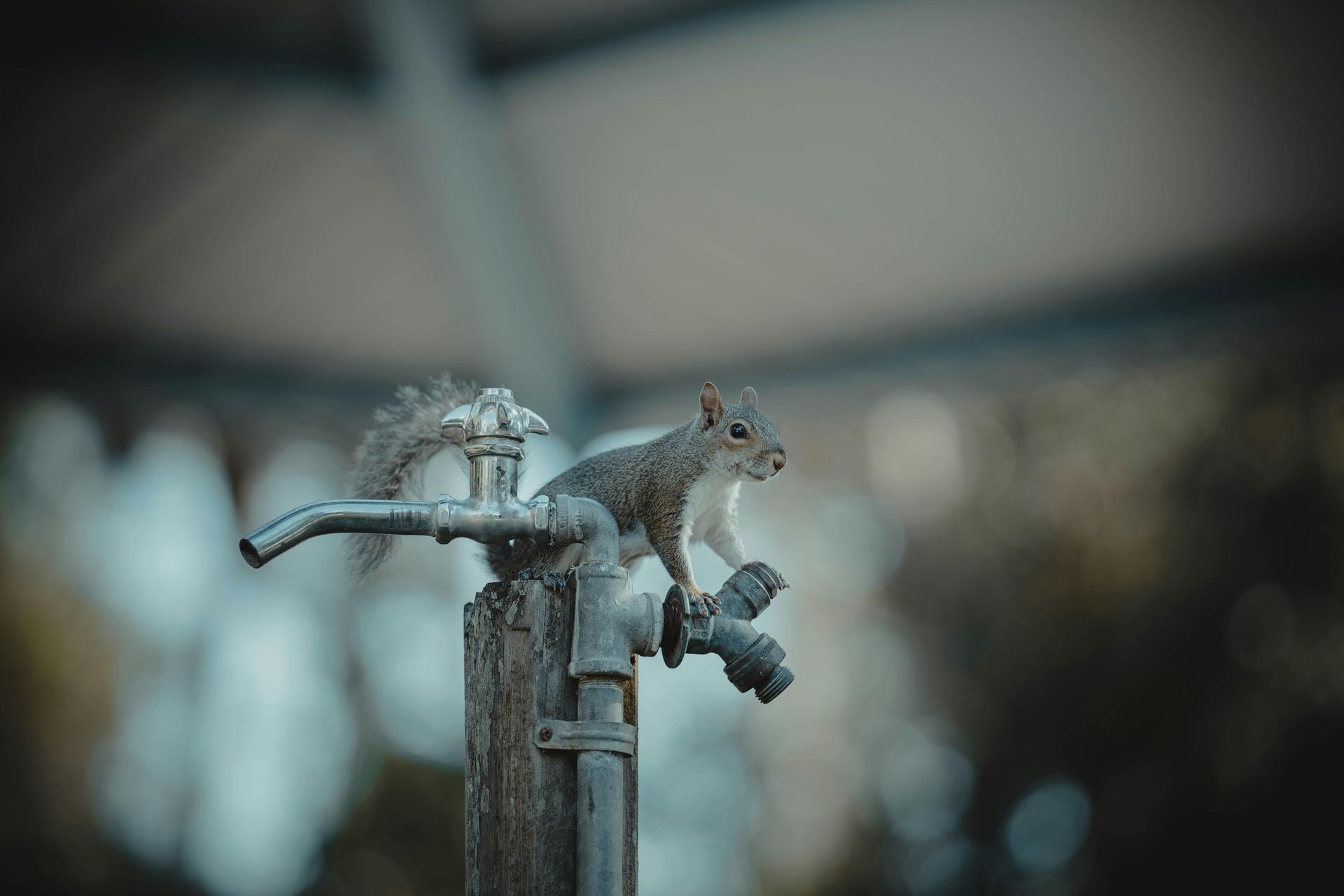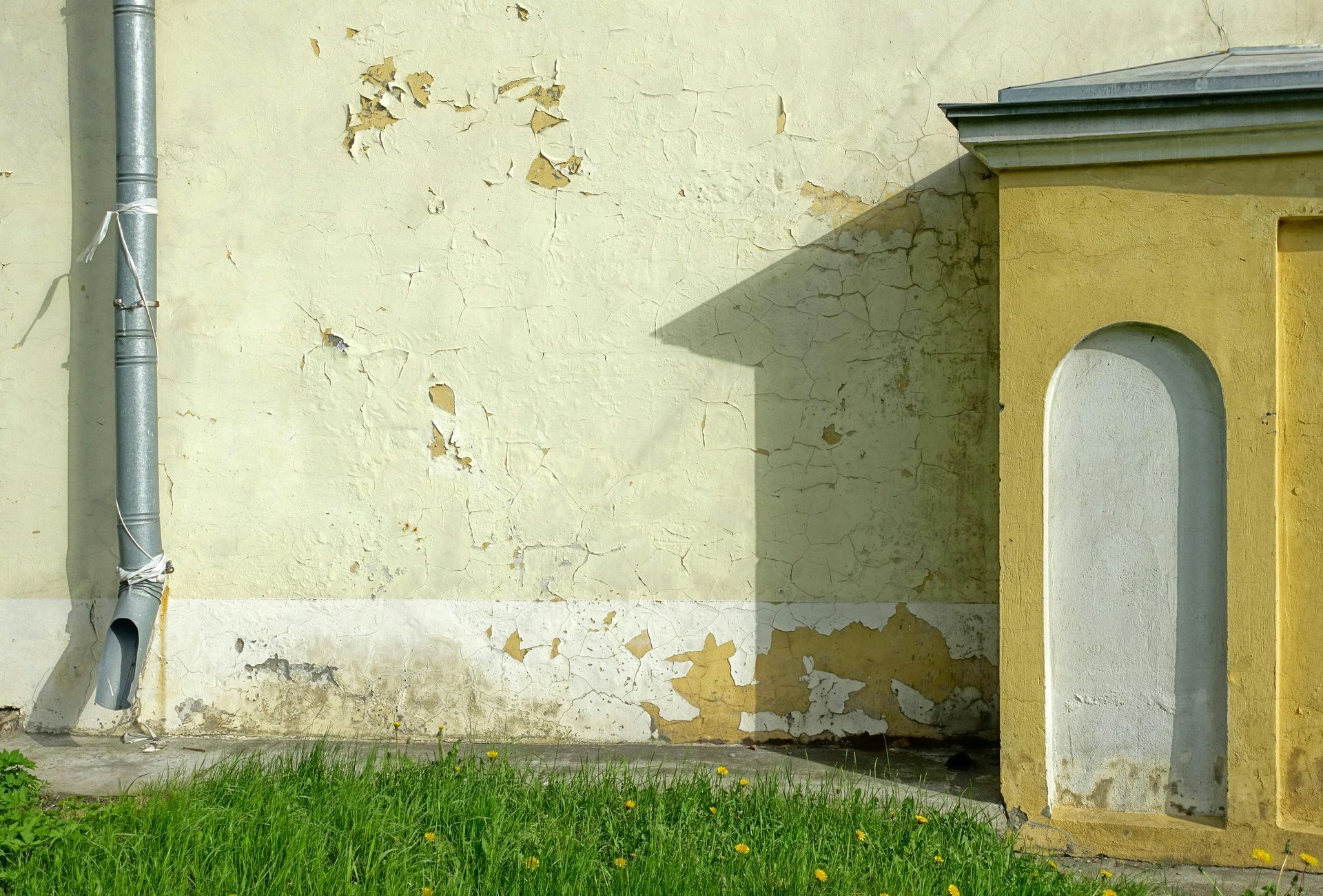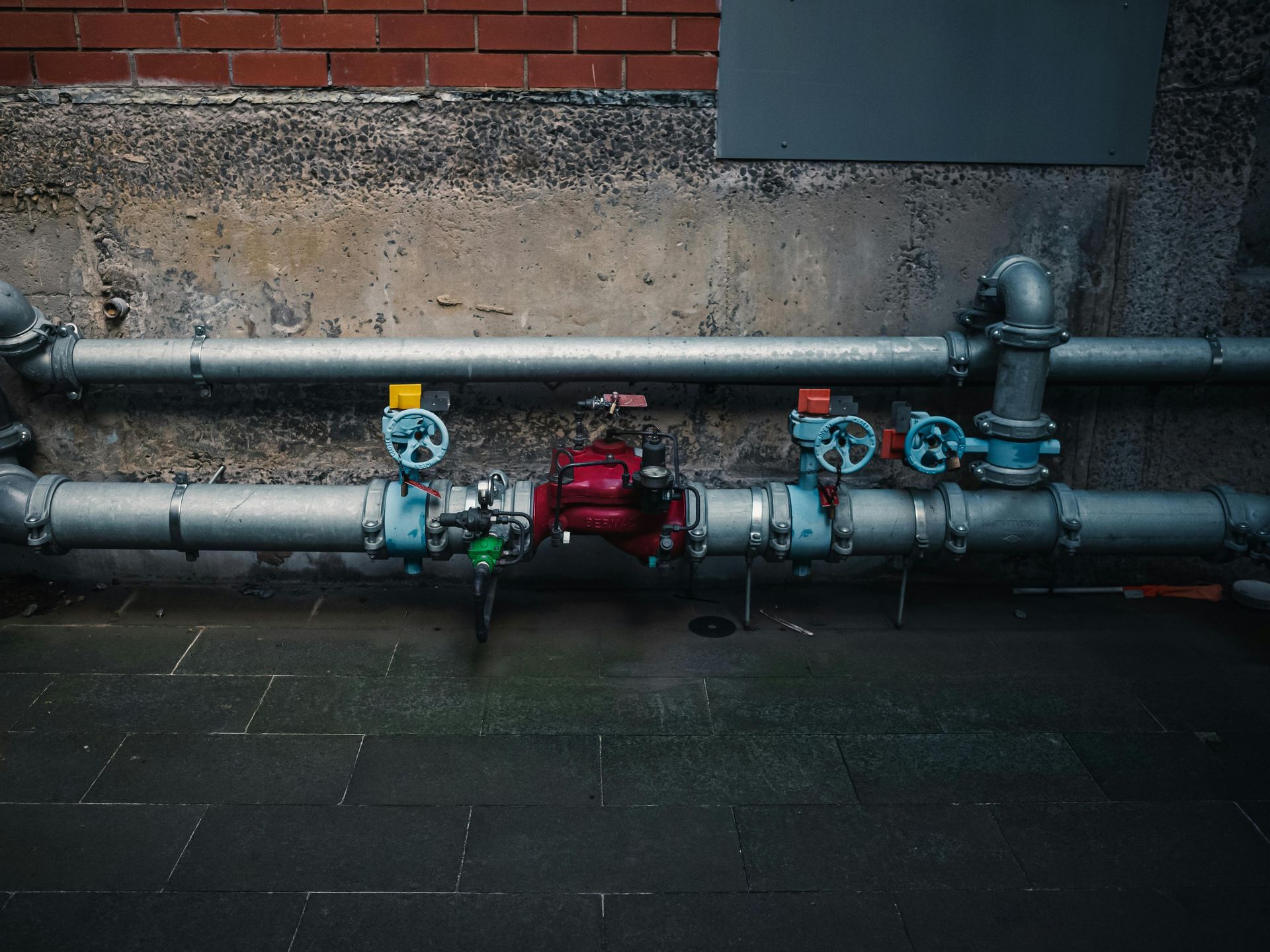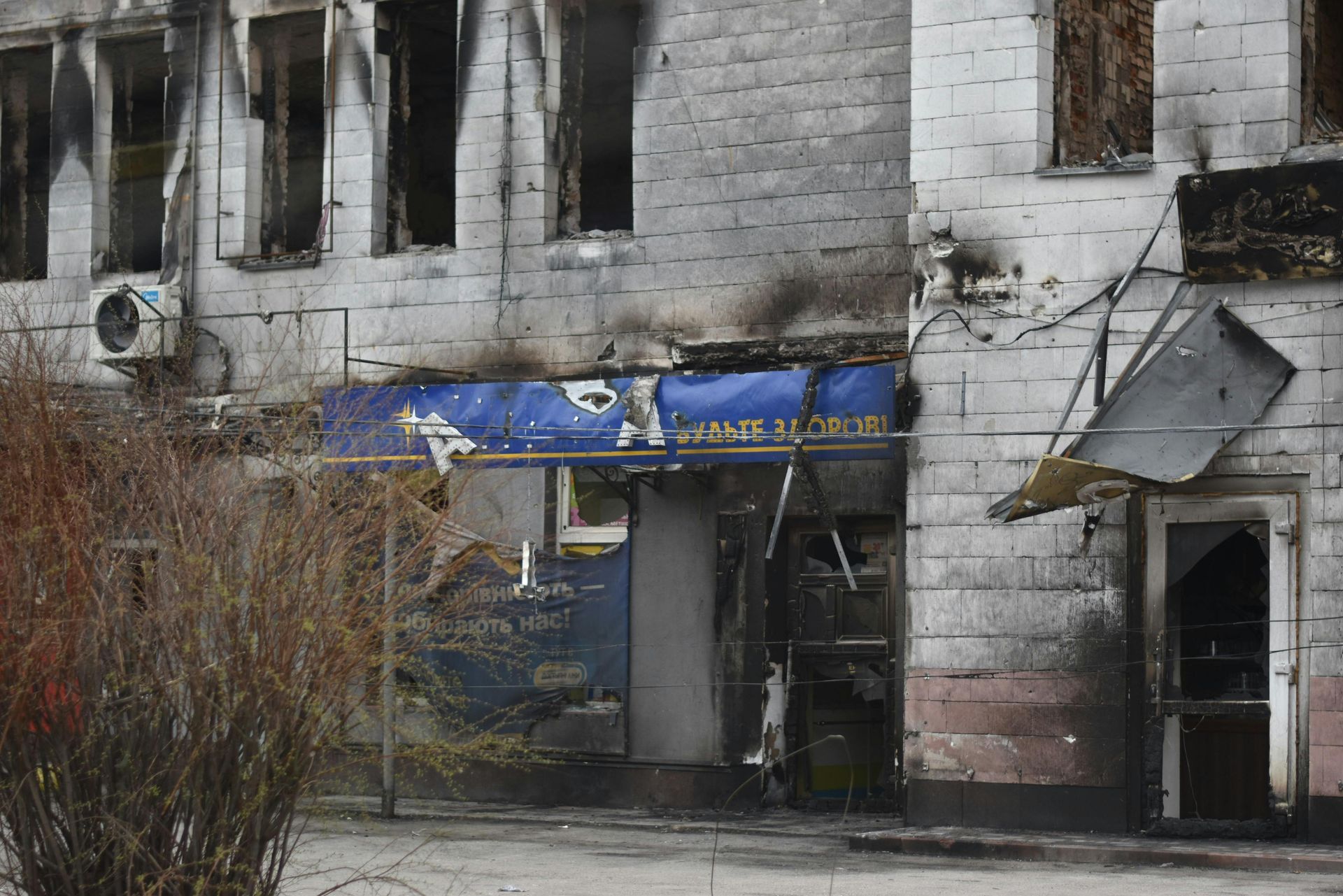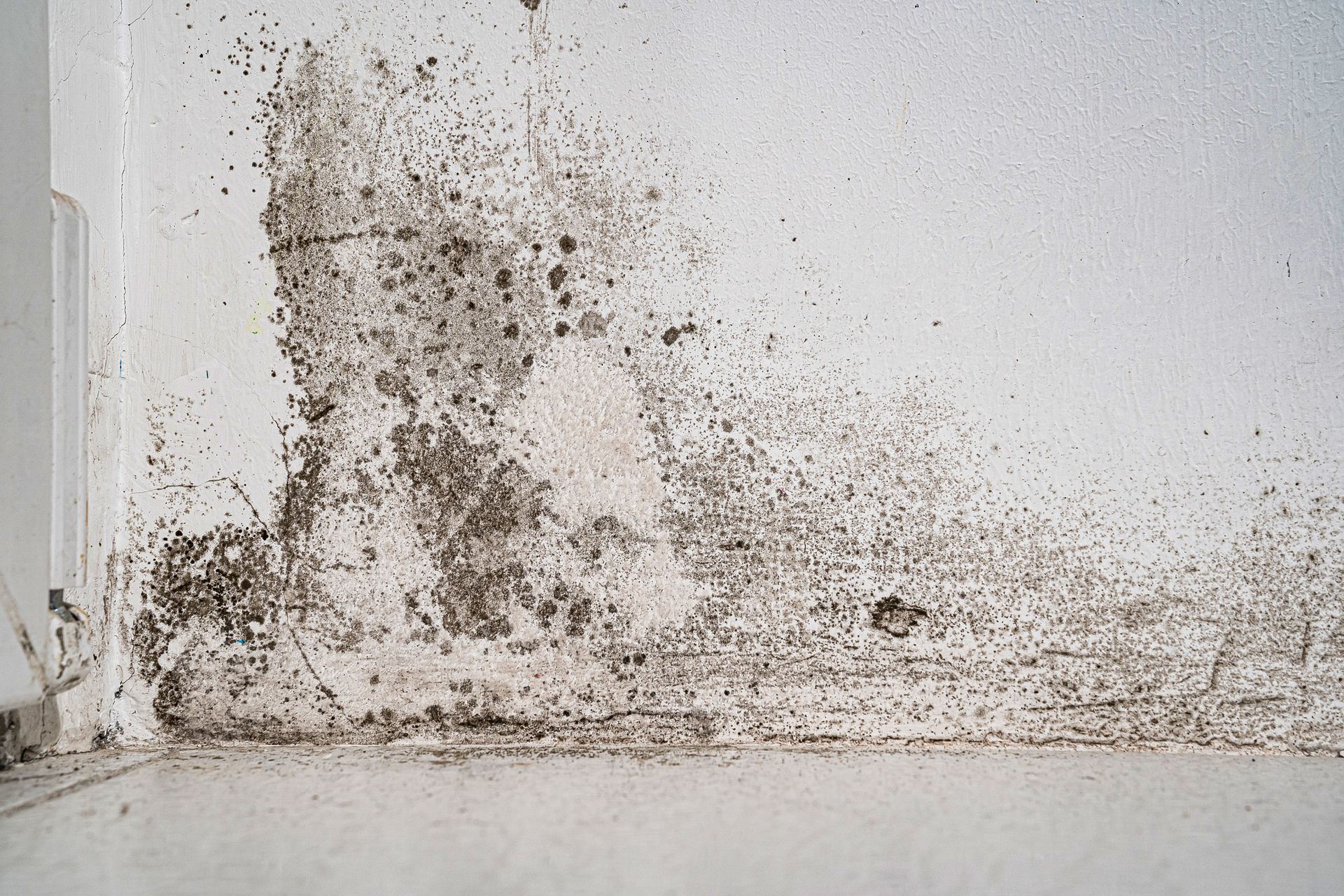House Fire Damage: What to Do After the Flames Are Extinguished
Experiencing house fire damage is a traumatic event with potentially devastating impacts on both property and emotional well-being. In the aftermath of a fire, it's crucial to take immediate action to mitigate further damage, begin the recovery process, and ensure the safety and security of all affected. This article aims to guide you through the essential steps to take after experiencing house fire damage. We'll cover how to safely assess the damage, the importance of contacting your insurance company, securing the property, and beginning the cleanup and restoration process. By understanding these crucial steps, you can navigate the challenging aftermath of a fire with confidence and clarity.
Step 1: Contact Professionals
Immediately after a fire is extinguished, contacting professionals is indispensable for assessing the damage and initiating the restoration process efficiently. Firefighters play a pivotal role not only in extinguishing flames but also in ensuring that the structure is safe for entry. Their initial assessment can provide crucial information on the integrity of the building and any immediate dangers that remain, such as weakened structures or ongoing smoke damage.
Following the firefighters, reaching out to your insurance adjuster should be your next step. They are essential in documenting the extent of damage for claim purposes and can often recommend reputable restoration companies. Insurance adjusters have a wealth of experience in dealing with fire-damaged properties and can guide homeowners through the often complex claims process.
Restoration companies specializing in fire and smoke damage are vital for beginning the recovery and repair process. They possess the necessary expertise, equipment, and techniques to properly assess and clean the property, remove smoke odor, and restore personal items when possible. These professionals also play a critical role in preventing further damage caused by water or chemicals used to extinguish the fire.
When searching for reputable professionals, look for certifications, experience in dealing with fire-damaged properties, and positive reviews from past clients. Organizations specializing in fire restoration, like the Institute of Inspection, Cleaning, and Restoration Certification (IICRC), provide lists of certified professionals. Choosing the right team can significantly impact the efficiency and quality of the recovery process, ensuring your property is safely and effectively restored.
Step 2: Assess the Damage
Assessing the extent of the damage before initiating any restoration efforts is critical for a comprehensive and effective recovery process. Professionals leverage specialized tools and techniques to meticulously evaluate the damage, which is essential in formulating a strategic plan of action. This detailed assessment ensures that all aspects of fire damage, including those not immediately visible, are addressed.
Tools such as moisture detectors, thermal imaging cameras, and hygrometers enable professionals to identify water damage from firefighting efforts, which can lead to mold growth if not promptly treated. Similarly, assessing structural integrity is crucial; engineers or specialized inspectors may use various instruments to gauge the stability of the building's framework and identify areas weakened by the fire. Recognizing the need for potential structural repairs early in the process avoids safety hazards during cleanup and restoration.
Smoke damage, another critical concern, extends beyond surface discoloration and can permeate building materials, leading to persistent odors and deterioration over time. Professionals apply their knowledge of smoke behavior to evaluate the extent of its penetration and choose appropriate restoration methods. They may employ air quality tests to detect hazardous particles still lingering in the environment, ensuring the space will be safe for inhabitants.
The comprehensive assessment of fire damage, covering structural integrity, water damage, and smoke infiltration, lays the foundation for a successful restoration. This diligence ensures that all necessary repairs are identified and appropriately addressed, ultimately restoring the property to its pre-fire condition while safeguarding the safety and well-being of its occupants.
Step 3: Secure the Property
Securing the property post-fire is a crucial initial step to prevent further damage and guard against potential theft or vandalism. This imperative action ensures the safety of the site and protects your valuable assets during the vulnerable period following a fire. Professionals adept in fire recovery will typically undertake several measures to fortify a property. Boarding up windows and doors is among the most critical actions, serving to deter unauthorized entry and protect against weather elements that could exacerbate the damage. This process involves covering openings with plywood or similar materials to create a physical barrier.
Additionally, installing temporary fencing around the perimeter is a common practice that adds an extra layer of security. It not only prevents trespassers from entering the premises but also helps in demarcating the affected area, which is particularly valuable in neighborhoods or busy areas. These barriers are swift to erect and can significantly reduce the risk of further harm to the property.
In some cases, covering roofs with tarps or similar protective materials might also be necessary. This step is especially crucial in situations where the fire has compromised the integrity of roofing structures, leaving the interior of the property exposed to the elements. Such measures are temporary but essential in the immediate aftermath of a fire, providing a stop-gap solution until full repairs and restoration can be completed. The collective efforts in securing a property post-disaster not only safeguard it against immediate threats but also lay a foundation for the recovery process, ensuring a smoother and more controlled restoration effort.
Step 4: Water Extraction and Drying
Following the containment and security measures, the next critical step in fire restoration is water extraction and drying. This stage is vital for preventing mold growth and additional water damage, which can stem from firefighting efforts. Professionals in this field employ a robust array of pumps and industrial-grade vacuums specifically designed for water removal. These powerful tools are capable of efficiently extracting large volumes of water from flooring, carpets, and other affected areas, laying the groundwork for effective drying.
Once water is extracted, the focus shifts to drying and dehumidifying the space. Using advanced equipment, such as air movers, dehumidifiers, and specialized floor drying systems, professionals accelerate the evaporation process, mitigating the risk of mold and further water damage. These tools are strategically placed throughout the affected area to ensure optimal airflow and moisture removal.
Homeowners can contribute to this drying process by implementing simple yet effective measures. Opening windows, weather permitting, can help increase air circulation, promoting faster drying. In addition, operating fans in the area can enhance airflow, complementing the efforts of professional drying equipment. It's essential, however, for homeowners to consult with restoration professionals before taking these steps, as improper air movement could spread contaminants or exacerbate moisture problems in certain conditions. This combined approach, leveraging professional expertise and equipment along with homeowner involvement, ensures a thorough and effective drying process, ultimately restoring the stability and safety of the affected area.
Step 5: Cleaning and Sanitizing
Cleaning and sanitizing the area affected by fire damage is a quintessential step, instrumental in preventing the proliferation of mold and other hazardous microorganisms. The post-fire environment offers a conducive habitat for these detrimental agents, which not only pose significant health risks but can also exacerbate property deterioration. To counteract this threat, professionals employ an array of specialized cleaning agents and sanitizing solutions designed to effectively remove soot, debris, and biological contaminants. These products are selected based on their efficacy in neutralizing harmful pathogens and their suitability for the materials and surfaces being treated.
Techniques such as thermal fogging and ozone treatment are frequently utilized to neutralize airborne contaminants and eliminate persistent odors, thereby comprehensively sanitizing the environment. Furthermore, high-efficacy particulate air (HEPA) vacuuming plays a critical role in removing fine particulate matter and ensuring a thorough cleanse of the affected spaces.
To prevent cross-contamination and safeguard the health and well-being of occupants, strict containment and safety protocols are adhered to. This includes the use of physical barriers and negative air pressure systems to isolate the affected area, minimizing the spread of contaminants to unaffected parts of the property. Protective gear and equipment are standard procedures for professionals during the cleanup process, emphasizing the priority placed on health and safety. Through these meticulous and targeted measures, restoration experts ensure that the cleanup process not only restores the property but also protects the inhabitants from potential health hazards.
Step 6: Restoration and Repairs
The culmination of the fire recovery process is the restoration and repair of the affected area, a meticulous process aimed at returning the property to its pre-disaster state or better. This stage involves the replacement of damaged materials such as drywall, insulation, and flooring, paying close attention to the structural integrity and aesthetic aspects of the property. Painting or refinishing surfaces is also a critical component, playing a significant role in the visual restoration of the space. The choice of materials and finishes is pivotal, requiring a balance between durability, safety standards, and the homeowner's preferences.
Working with seasoned professionals during the restoration phase is paramount. Their expertise ensures that the repair work is not only done to a high standard but also complies with all relevant building codes and safety regulations. This professional oversight mitigates the risk of future complications related to structural weaknesses or hazardous materials, which could arise from inadequate repairs.
Professionals engage with homeowners throughout the decision-making process, providing guidance on material selection and finishes that meet both the aesthetic desires and functional needs of the space. This collaborative approach allows for customization while ensuring the use of suitable, high-quality materials that enhance the property's durability and safety. Through this partnership, professionals guarantee a restoration process that is not just about repair but about creating a safe, appealing, and resilient living space.
Step 7: Communicate with the Insurance Company
Navigating the intricacies of insurance claims is a crucial aspect of the fire restoration process. Effective communication with your insurance company ensures that the damage is accurately reported and the restoration work is covered under your policy. Insurance adjusters play a pivotal role in this sequence, as they assess the extent of the damage and determine the compensation amount. Their expertise can significantly streamline the claims process, facilitating a smoother restoration journey.
It is imperative for homeowners to maintain open and consistent communication with their insurance adjuster, providing detailed documentation of the damage and repairs. Photographic evidence, repair estimates, and receipts for any immediate mitigations or repairs should be meticulously compiled. These records are invaluable, not only for substantiating your claim but also for ensuring that the scope of work is fully understood and appropriately compensated by the insurance company.
To optimize interactions with insurance companies, homeowners should familiarize themselves with their policy details, specifically the coverage limits and any applicable deductibles. This knowledge empowers homeowners to engage in informed discussions about the coverage of various restoration activities. Additionally, seeking guidance from restoration professionals who have experience working with insurance companies can be beneficial. Their insights can help in effectively presenting your case, thereby ensuring that the restoration work is comprehensively covered and aligns with the objective of restoring your property efficiently and within the ambit of your insurance policy.
Professional Help From First Call Restoration
At First Call Restoration, we understand the devastation and confusion that follow a house fire. Our team of certified professionals is dedicated to not only restoring your home to its former glory but also helping you navigate the complex recovery process. With round-the-clock availability, advanced technology, and a compassionate approach, we ensure your home is safe, secure, and meticulously restored. Trust us to handle everything from initial assessment to final repairs. Start your recovery today by contacting First Call Restoration for immediate assistance and unparalleled support.

Quick Links
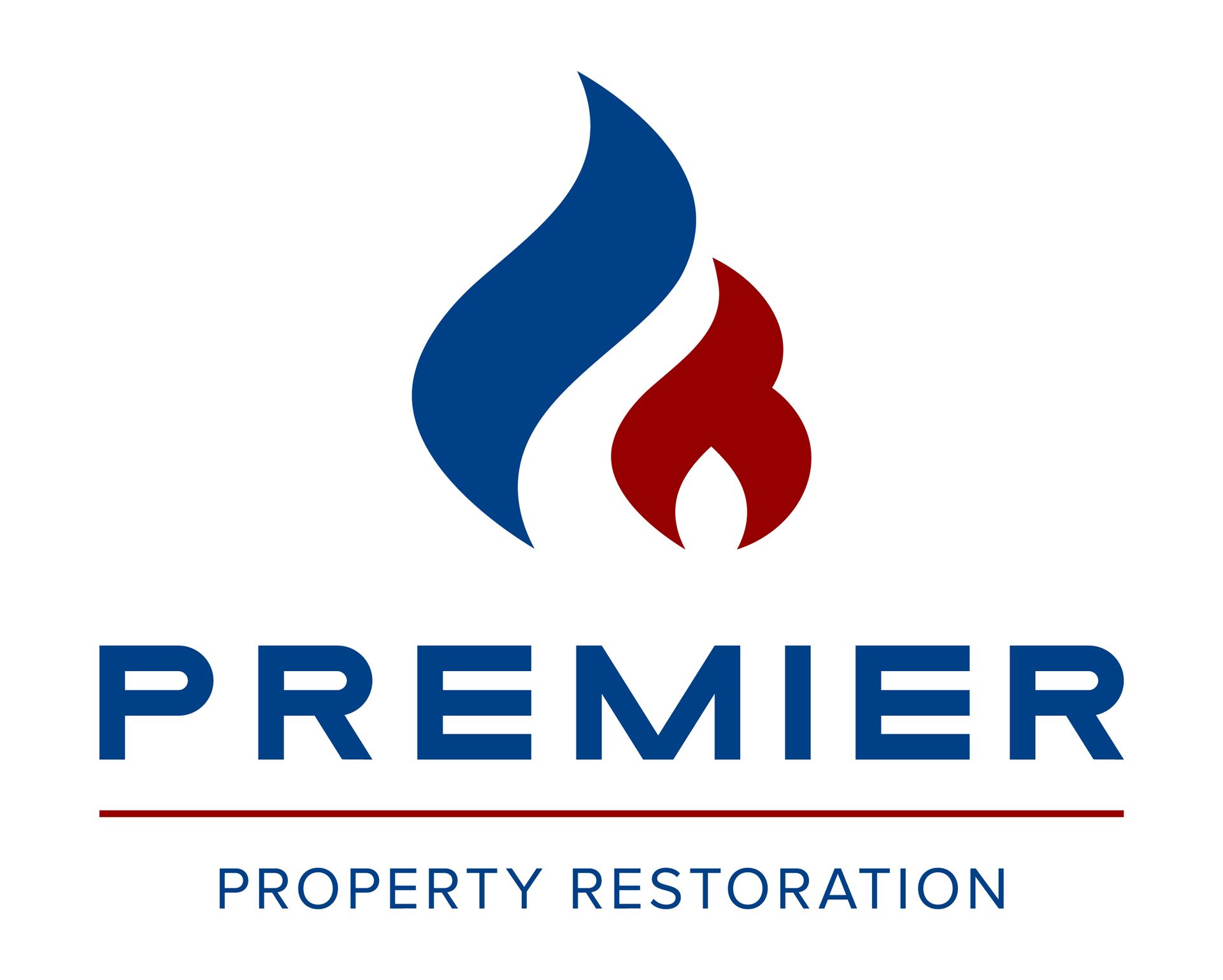
Premier Property Restoration is a trusted IICRC-certified contractor specializing in water, fire, and mold damage restoration in New Orleans and the surrounding areas. With a commitment to rapid response and high-quality service, we ensure your property is restored efficiently and effectively. Our expert team handles everything from emergency response and damage assessment to thorough cleanup, sanitation, and reconstruction. Accepting all insurance claims, we aim to make the restoration process as seamless as possible. Choose Premier Property Restoration for reliable, professional restoration services that prioritize your peace of mind and property safety.
Office Locations
Premier Property Restoration of New Orelans
4955 W Napoleon Ave #3102, Metairie, LA 70001
© 2023 • Premier Property Restoration • All Rights Reserved
